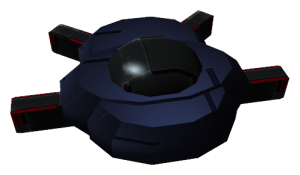The Star Army
Current SAoY RPs
Overview
- Bases (85)
-
- Buildings A-Z (42)
- Equipment A-Z (210)
- Starships by Class (73)
- Starships by Name (276)
- Small Craft (54)
- Uniforms (57)
- Vehicles A-Z (19)
- Weapons A-Z (141)
- Forms (6)
Personnel
-
- Occupations (48)
- Awards (39)
- Ranks (21)











